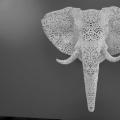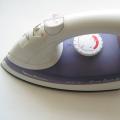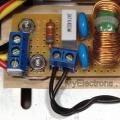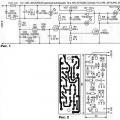Good time of the day! Today we will talk about how to make measurements correctly using a universal measuring tool for this purpose - a vernier caliper. It can be used to determine the outer / inner dimensions of the parts, as well as the depth of the holes.
The photo shows two instruments with a vernier scale division of 0.1 and 0.02 mm.
Due to its special design, the tool allows you to fix the part, thus reducing the likelihood of an error at the time of measurement.
Caliper device:
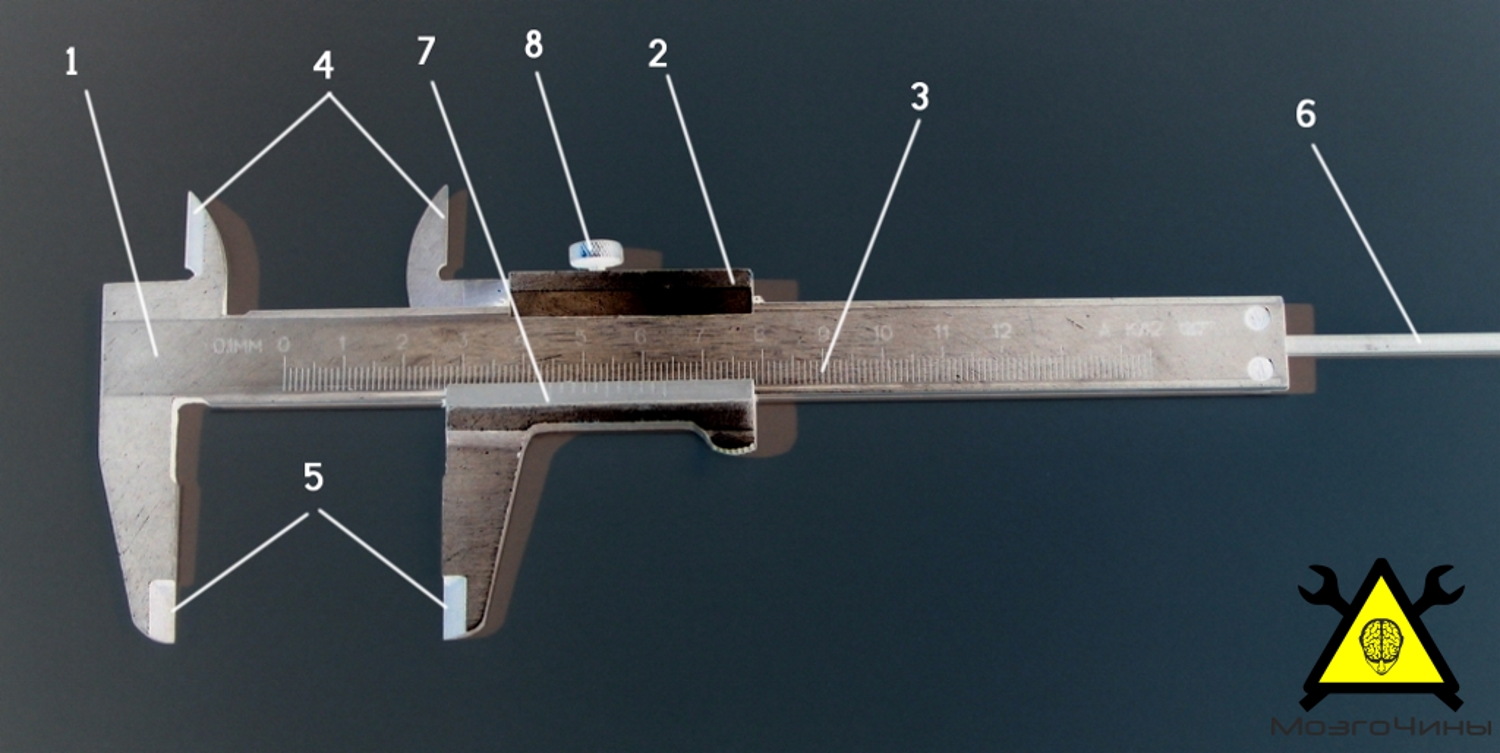
- Barbell;
- Moving frame;
- Main scale;
- Jaws for measuring internal dimensions;
- Sponges for measuring external dimensions;
- Depth gauge;
- Vernier;
- Locking (locking) screw.
When using a caliper, you should adhere to the following rules:
- The jaws must not be skewed.
- After the measurements have been made, we fix the moving frame with a locking screw.
- While reading the readings, we hold the caliper directly in front of our eyes.
- It is necessary to store the instrument in a special case, in a clean state.
- After use, wipe the tool with a clean, soft cloth.
Measurement Principles
Before starting measurements, we check the instrument for accuracy. To do this, we bring together the jaws of the caliper. Zero marks, the tenth line on the vernier scale and the nineteenth line on the main scale must match.

Measurement of external dimensions. We spread the jaws of the caliper slightly larger than the dimensions of the part to be measured, and then bring them all the way down, clamping the part.
Measurement of internal dimensions. We expose the tool to the zero position, then place the jaws in the required plane. Then we breed them all the way.
Depth measurement. We rest the tool end on the part and begin to move the moving frame until the depth gauge stops or reaches the desired point.
Performing markup. We set the given value, fix the tool with a locking screw, rest one of the jaws against the edge of the part and apply markings on the surface of the workpiece (straight lines, notches, circles). But it is better to make markings with tools specially designed for this purpose and spare an accurate, expensive measuring tool.
Reading the readings of the caliper
We count whole fractions of millimeters on the main scale to the zero mark of the vernier, and tenths (hundredths) of a millimeter - on the vernier scale, starting from the zero mark to the first mark that coincides with the main scale.
A few examples:
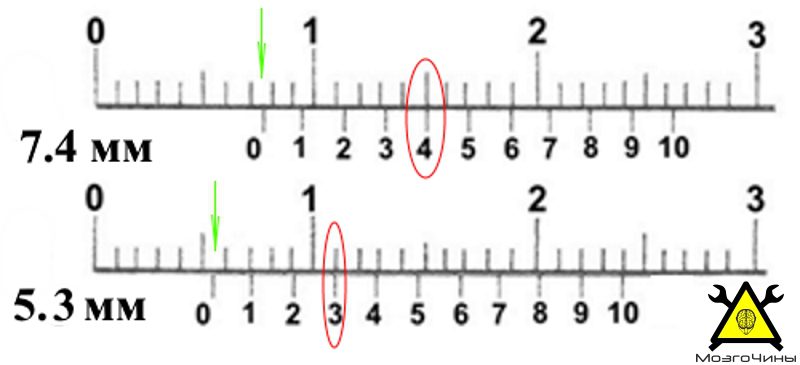
How to store the instrument correctly
It is best to store your instrument in the case in which it is sold. Do not allow dust, sawdust to enter. Avoid contact with moisture and avoid accumulation of condensation. Avoid impacts and scratches that can deform the instrument and reduce the measurement accuracy. Wipe the surface with a dry cloth after each use. You need to store the tool with diluted jaws (2-3 mm). Careful handling allows it to be used for many years and even decades.
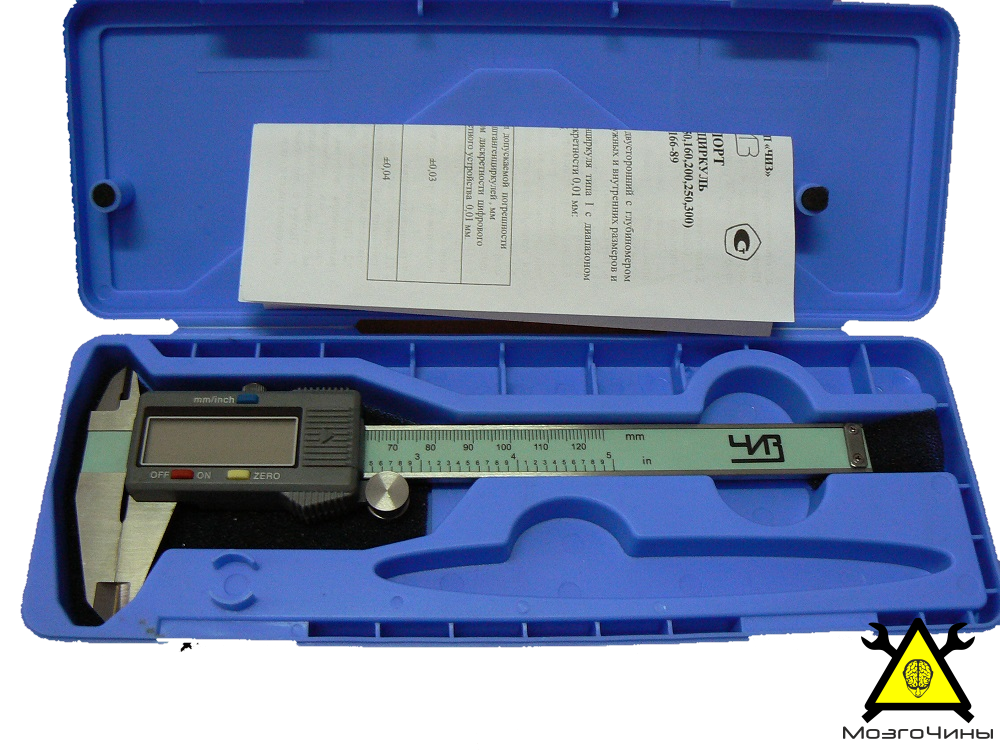
In addition to the tools presented in this article, there are several more varieties of calipers:
Vernier caliper with dial. In the recess that is located on the rod, there is a rack with a gear attached to it. Readings are read from the bar and dial.

Vernier caliper with digital display.
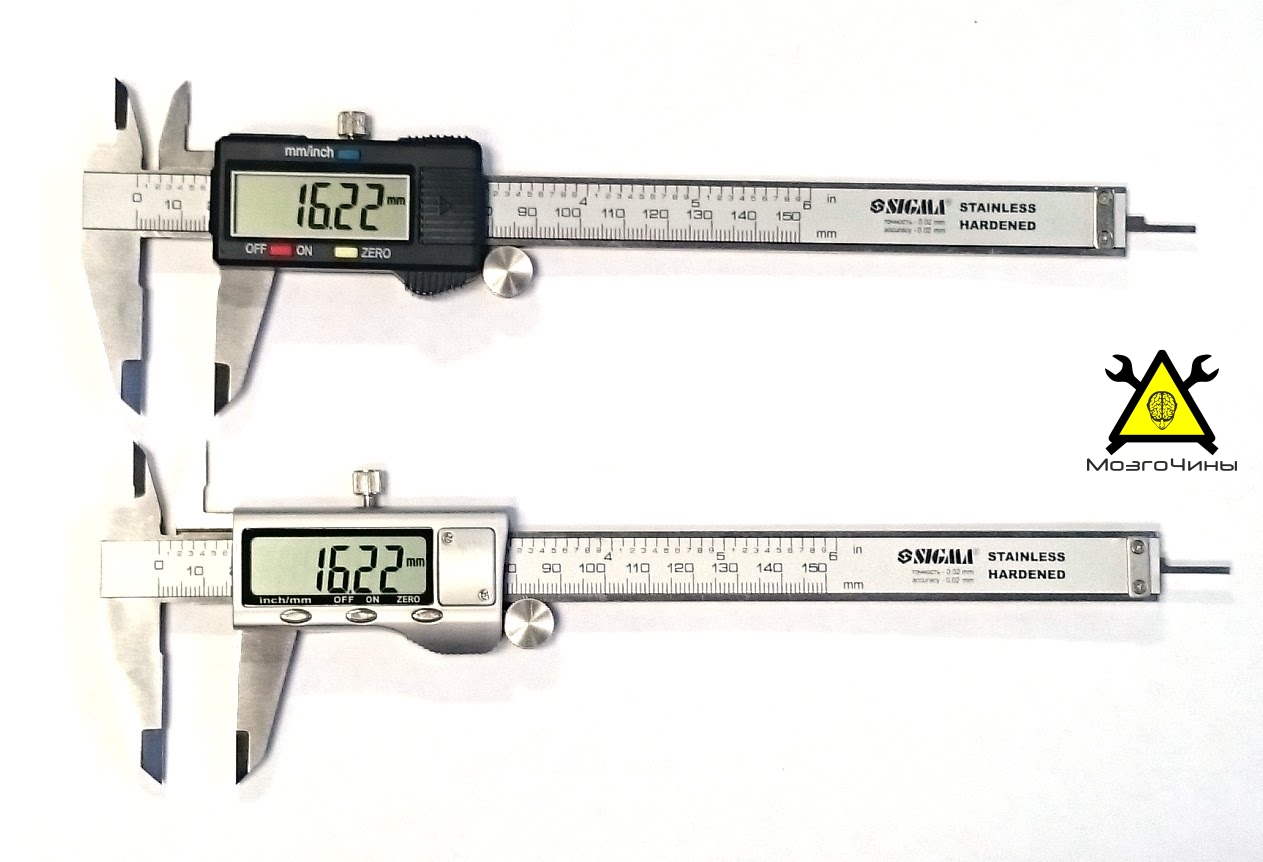
I hope the information provided was useful! Thank you for the attention!

